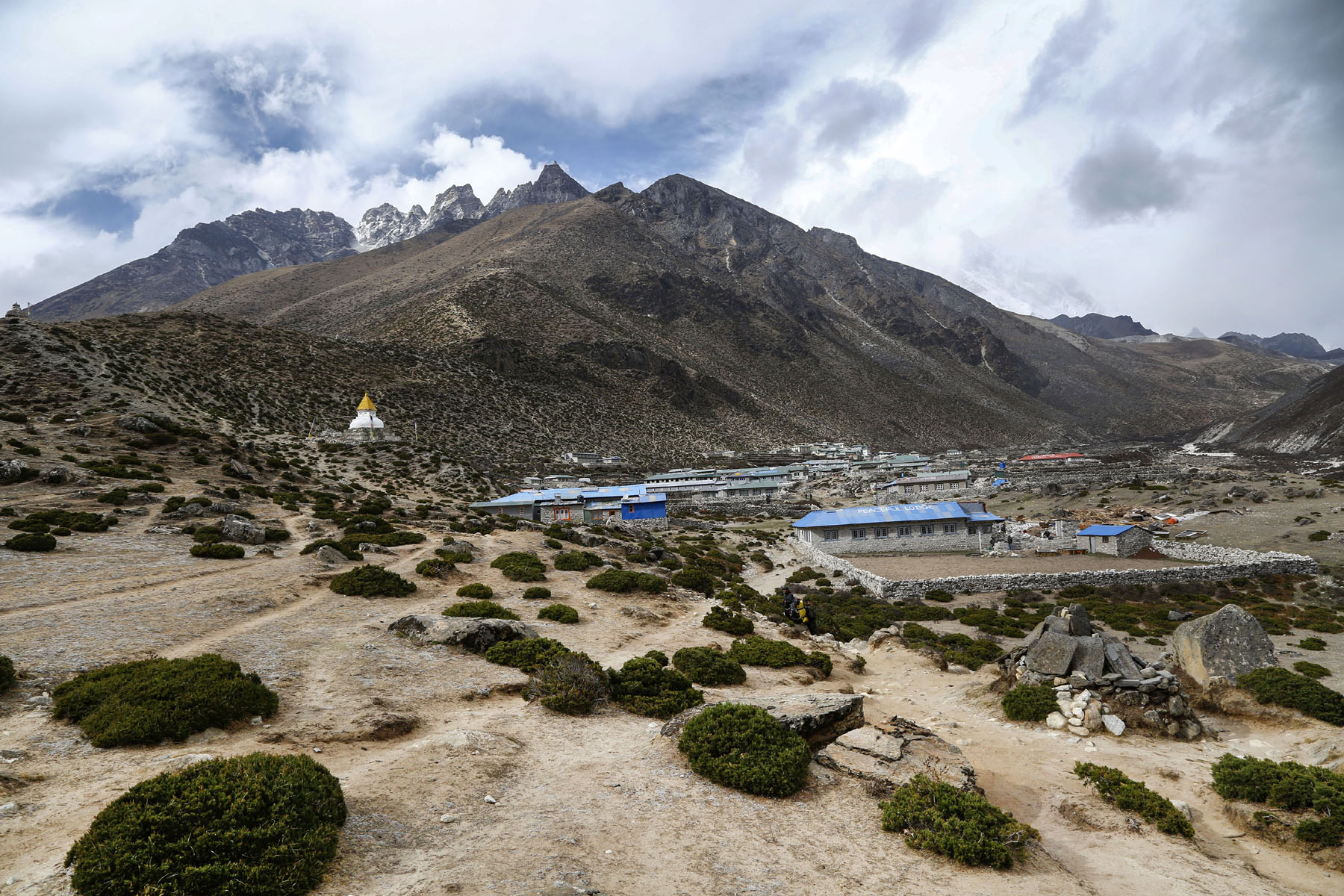Global warming poses the gravest threat to life on Earth. It is seriously affecting all plants, humans, and wildlife. Its impacts are clearly visible today. A new study has revealed that areas around Mount Everest and the Himalayan region continue to experience the consequences of global warming. The gradual rise in temperature is preliminarily responsible for plant life that is growing and expanding in the region. The study was conducted by researchers from the University of Exeter in the UK. The results of the study were published in the journal Global Change Biology. Researchers said they studied satellite data of over two decades to measure the level of subnival vegetation in this vast region.
The study said plants are growing between the treeline and snowline. Little is known about these short-stature plants. These plants are predominantly grasses and shrubs. The study said there was a significant increase in subnival vegetation in the region in recent years. Researchers said they used the US space agency NASA’s data from 1993 to 2018 to study the impact of global warming in the Hindu Kush Himalayan region. The images were captured by NASA’s Landsat satellites. Researcher Dominic Fawcett said the large-scale studies using satellite data demand a lot of computation because the files are very heavy. Fawcett added doing research on the cloud by using Google Earth Engine is relatively easy as it will provide accurate and latest data. It has emerged as a new and powerful tool and freely available to all.
The latest study didn’t mention the causes of the change in the ecosystems in the Hindu Kush Himalayan region. The temperatures are too low for plants to grow in this region. But past studies have suggested that the region’s ecosystems are highly vulnerable to climate-induced vegetation shifts. Researcher Karen Anderson said a lot of research has been done on ice melting in the Himalayan region that showed the rate of ice loss doubled between 2000 and 2016. The Hindu Kush Himalayan region starts from Afghanistan in the west and extends to Myanmar in the east. As many as 1.4 billion people depend on water from catchments emanating in the region.



